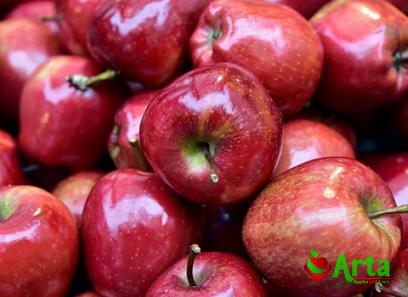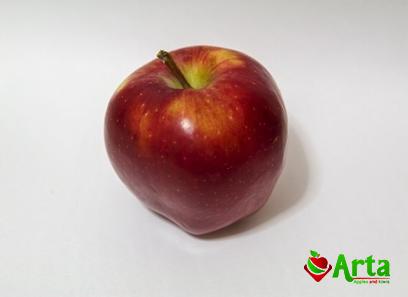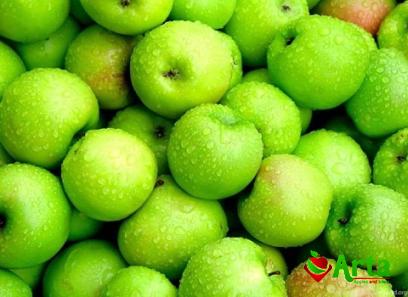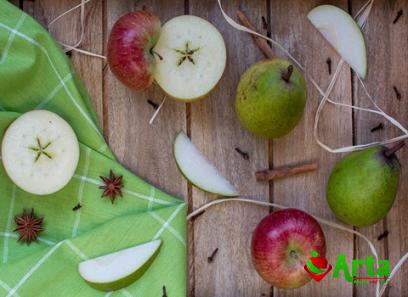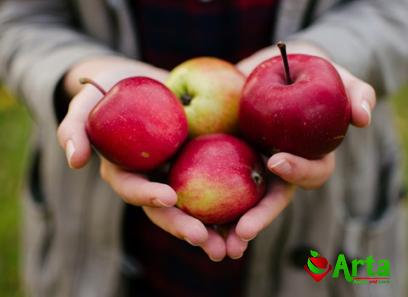Apple tree height in meters in diverse climate conditions
The diverse height of the apple trees is usually measured in meters
It is believed that apple trees have been cultivated in different climate conditions since the 3rd century BC AD, especially in Asia
Today, apple is probably the most popular fruit for adults and children
Its widespread use is partly due to the fact that the apple tree is very flexible and durable
It can bear fruit in temperatures as low as -22°F (-30°C)
Today, apple trees grow in a variety of climates, from cold Canada to tropical Africa
Therefore, apple trees do not always need the best conditions to flourish
Trees are valued because they adapt to local conditions and bear fruit despite difficulties if the variety is chosen wisely
About half of the world’s apple production occurs in China, but apple trees are also grown in Australia, North and South America, North Africa and Japan
In the United States, apple trees are grown commercially mainly in Washington, New York, Michigan, Pennsylvania, Virginia, California, North Carolina, Oregon, Ohio, and Idaho

The apple tree (Malus pumila) is part of the Rosaceae family
It is a deciduous tree (it loses its leaves seasonally)
It reaches an average height of 16 feet (5 meters)
Common apple trees can reach a height of 7
5 to 10 meters or even more
Semi-dwarf and dwarf trees reach heights of 2 to 6 meters (6 to 20 feet)
Flowers are produced in spring
The fruits ripen on shoots that are at least 2 years old
They ripen in late summer or autumn, depending on the variety
More than 7000 varieties are known
An average apple tree can produce a significant amount of fruit in 3-6 days
until the age of 35 and can continue until 50
until the year of birth
Almost all apple trees are not self-pollinating
This means that if you don’t have other apple trees in your yard (80 feet or 25 m), you may need to plant at least 2 trees of different varieties to harvest the fruit
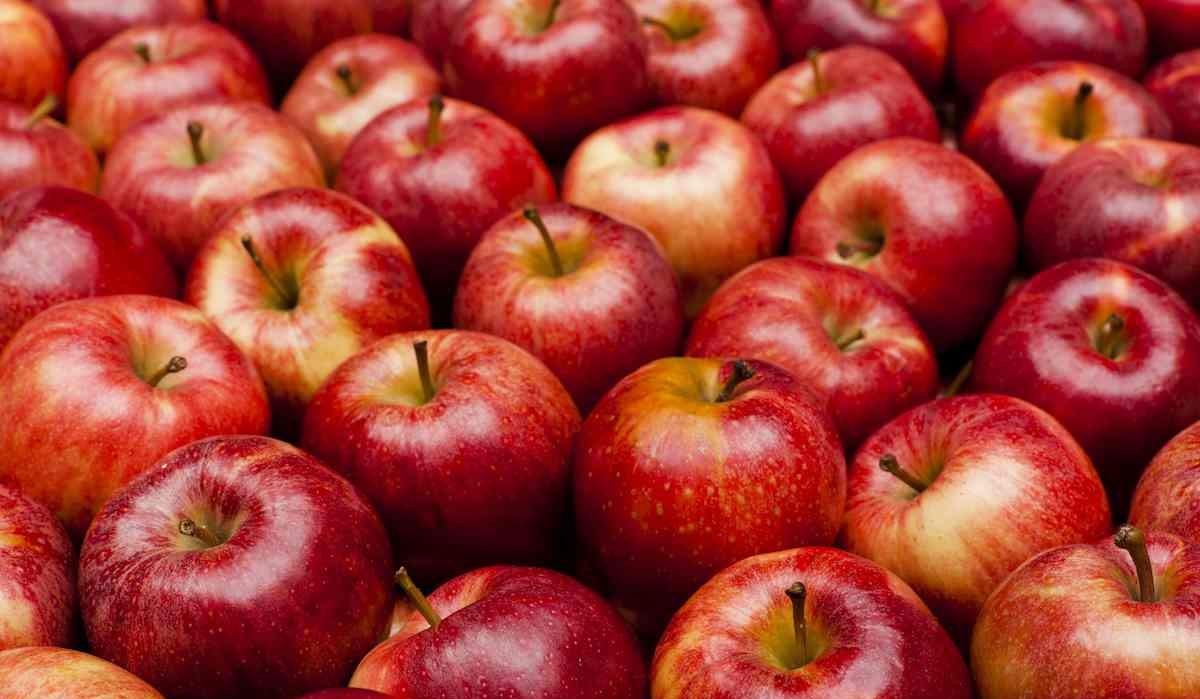
You can enrich this article by leaving a comment or a picture of your apple trees
Two of the most important advantages of apple trees are fragrant spring flowers and delicious fruit
Although apple trees need the cold of winter to bloom, they can survive in USDA plant hardiness zone 8
When mature, apple trees’ large size also makes them excellent shade trees for the vegetable garden
On the other hand, they can be limited or reduced in size, which is useful if you have a small space to grow them
Adult size
Apple trees vary in height depending on the species
Small apple trees reach about 10 feet tall, while smaller shrub varieties can reach 15 feet
Meanwhile, full-size apple trees typically exceed 20 feet in height, sometimes as high as 30 feet
Because full-sized apple trees fruit later than smaller trees and are generally smaller in stature, smaller apple varieties are preferred in many home gardens
How to Train Young Trees

When apple trees are young, you have the opportunity to shape and proportion them appropriately for your garden
If you want a smaller tree, train it in a center or leader that is formed like a “Y
” If you want a taller plant, train it in a container
After the first year the tree has been planted, you should begin this form of pruning, and you should keep doing it every year until the tree is healthy
You can continue to prune back overgrown branches every year if you wish to bring the size of the apple tree down
You should also cut twenty percent of the growth from the previous year each winter; doing so is beneficial to the plant’s health and fertility
Reduce or remove growth by pruning
Apple trees need to be pruned in order to maintain growth control and assure good fruit

The University of California suggests that the ideal time of year to cut is during the hibernating period, which occurs in January if possible
Remove any branches that are now dead, infected, congested, or passing through the area
You can also prune the branches right above pine or white apple trees by eliminating entire branches from the back of their branches, which are the swelling starting sites of the branches near the trunk
This is another method for pruning
Effects of isolation
Although trimming apple trees might encourage regrowth, it is likely that the size of mature trees will be permanently diminished as a result of the process
The removal of the leaves, which are a source of nourishment, will hinder the growth in this area
Cuttings, on the other hand, frequently result in vigorous new growth that can enhance the size of old apple trees without adding to their overall height
Because these young blossoms might sometimes compete with the older ones for nutrients and sunlight, bleaching apple tree branches typically results in healthier intact branches than chopping them does




